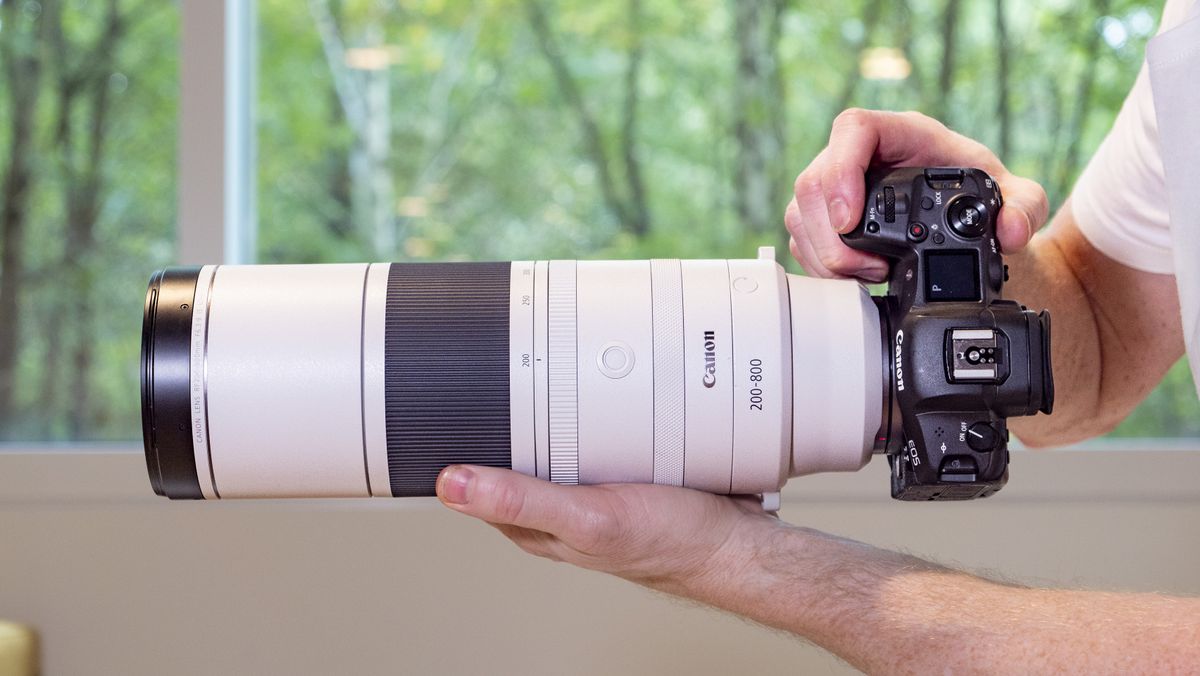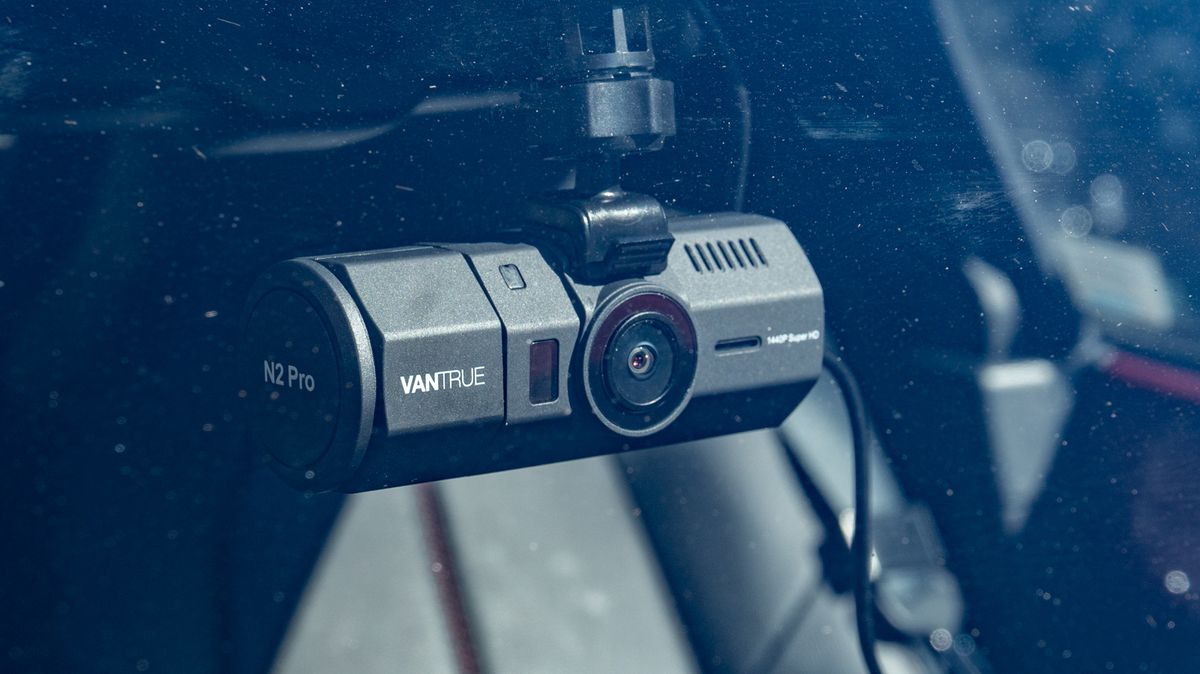Introducing the Groundbreaking Canon RF 200-800mm F6.3-9 IS USM Lens: A Game-Changer for Wildlife and Sports Photography
Canon has once again pushed the boundaries of innovation with the release of the world’s first full-frame zoom lens that reaches an impressive 800mm. To put it into perspective, this lens offers a zoom setting equivalent to a 30x zoom on your smartphone, without any noticeable loss in image quality. But the capabilities of the Canon RF 200-800mm don’t stop there. This lens is also compatible with Canon’s 1.4x and 2x teleconverters, allowing for an unprecedented reach of up to 1600mm (though there are caveats to consider, which we’ll explore later).
The RF 200-800mm lens is the perfect companion for Canon’s flagship APS-C mirrorless camera, the Canon EOS R7. It offers hobbyist wildlife and sports photographers an incredible maximum reach of 1200mm, thanks to the 1.5x crop of the sensor format. But don’t be mistaken, this lens is not limited to the EOS R7. It can also be paired with the full-frame Canon EOS R8 or even with EOS R5 cameras for those whose passion for sports and wildlife photography is more of a side hustle or hobby. In fact, I had the opportunity to test this lens with the EOS R5 prior to its official release, and the results were outstanding.
One of the first things I noticed about the RF 200-800mm lens is its well-balanced feel, especially when used with Canon’s DSLR-style mirrorless cameras like the EOS R5. Unlike front-heavy Canon DSLR lenses, the heaviest elements of this lens are located at the rear. As you zoom in, the lens physically extends in length, so I recommend keeping the provided lens hood attached to minimize lens flare. Despite its size at 800mm, the lens is surprisingly manageable and can be easily carried by hand for extended periods.
The RF 200-800mm lens also offers a unique feature – a ‘smooth’ or ‘tight’ response for refined or quick zoom adjustments, controlled by a dedicated control ring. All the control rings and buttons on this lens have a superior feel to them, and the build quality is exceptional, even though it doesn’t carry the pro grade L-series designation.
Of course, a lens of this magnitude requires image stabilization, and Canon has delivered. The RF 200-800mm is equipped with 5.5-stops of optical stabilization, which increases to an impressive 7.5-stops when paired with the sensor-based stabilization on enthusiast and professional cameras like the EOS R7 and EOS R5. This means that you can capture sharp handheld shots at the 800mm telephoto setting with shutter speeds as slow as 1/30sec. However, it is important to note that your subjects should be stationary to avoid motion softness and blur at such slow shutter speeds.
While the lens excels in getting close to distant subjects, it also impresses with its close focusing distance at 200mm. It can focus as close as 0.8m from the camera sensor, resulting in a generous magnification ratio. I was able to capture stunning shots of tiny, cold season berries, showcasing the lens’ ability to deliver remarkable close-up details.
Now, let’s address the elephant in the room – the modest maximum aperture of f/6.3-9. While this aperture range doesn’t affect depth of field, it does pose a challenge when it comes to freezing fast-moving action with the right shutter speed. Ideally, for bird photography, a shutter speed of around 1/1000s is recommended to capture sharp detail. When combined with the f/9 aperture at the 800mm setting, bright sunlight is necessary to achieve the correct exposure. This makes using a 2x teleconverter unrealistic, as it would result in a maximum aperture of f/18 at 1600mm. However, considering the lens’ already impressive reach, the teleconverter may be unnecessary.
During my tests, I had the opportunity to shoot with the lens in varying lighting conditions. It performed exceptionally well in bright light, allowing me to capture stunning images with controlled flare and beautiful bokeh. The lens produced smooth circular bokeh, with minimal chromatic aberration or distortion. Image quality overall was surprisingly good, with sharpness at the wide 200mm setting and a slight decrease in clarity at 800mm, which is expected from a lens with such a wide zoom range.
In conclusion, the Canon RF 200-800mm F6.3-9 IS USM lens is a game-changer in the world of wildlife and sports photography. With its impressive reach, exceptional image stabilization, and remarkable image quality, it offers photographers an unparalleled experience. I highly recommend this lens, especially when paired with the Canon EOS R7, for those looking to capture stunning safari shots, capture grassroots sports from the sidelines, or delve into the world of birdlife in fair weather.
The Canon RF 200-800mm F6.3-9 IS USM lens is priced at $1,899 / £2,299.99 / AU$3,499 and will be available starting December 2023. Considering the features and capabilities it offers, this lens is competitively priced, particularly for customers in the US. The lens comes with a lens hood and front and rear lens caps.
So, should you buy the Canon RF 200-800mm F6.3-9 IS USM lens? Absolutely, if you are a wildlife or sports enthusiast looking to take your photography to new heights. However, if you primarily require the telephoto end, you may want to consider the RF 800mm f/11 IS STM lens as a more specialized option.
In my review of the Canon RF 200-800mm F6.3-9 IS USM lens, I had the chance to put it through its paces during an afternoon outdoors. I photographed birds and close-up subjects, and the lens exceeded my expectations in terms of performance and image quality. Overall, it is a reliable and high-quality lens that offers photographers an exceptional experience.

I’m a highly experienced and respected author in the field of cryptocurrency. I have been writing about Bitcoin, Ethereum, Litecoin and other digital currencies for over 5 years which is widely regarded as one of the most knowledgeable and reliable sources of information in this area.








